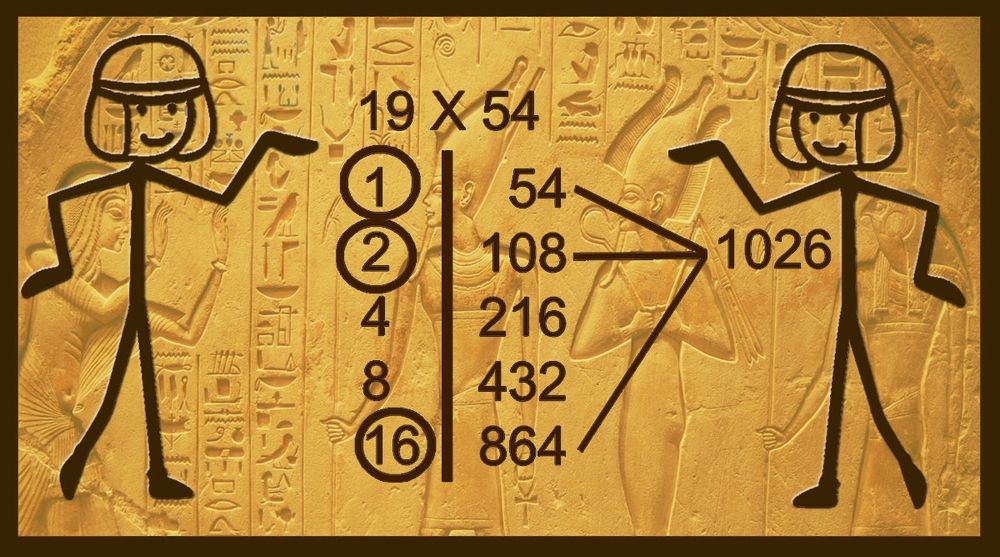
Our ancient ancestors possessed an innate sense of quantity, enabling them to distinguish between, for instance, one and two antelopes. However, the transition from this concrete understanding of “two” to the creation of symbols or words to represent the abstract concept of “two” took many generations to occur.
Even today, certain isolated hunter-gatherer tribes in the Amazon rainforest have limited numerical vocabularies, with some only having words for “one,” “two,” and “many,” while others extend their counting abilities up to five. In the absence of settled agriculture and extensive trade, a formal numerical system was not a pressing necessity.
Early humans did track regular natural events such as lunar phases and seasonal changes. Some of the earliest evidence of human engagement with numbers comes from Africa, where notched bones dating back to 35,000 to 20,000 years ago suggest rudimentary counting and tallying activities rather than the development of what we now consider mathematics.
In the pre-dynastic periods of ancient Egypt and Sumer, people incorporated geometric designs into their artifacts, a practice also observed in megalithic societies of northern Europe during the 3rd millennium BCE or earlier. However, these early instances were more focused on artistic expression and decoration rather than systematic mathematical treatment of figures, patterns, forms, and quantities.
Mathematics as we understand it today primarily emerged in response to the administrative demands of settled civilizations engaged in agriculture, such as land measurement and taxation. This development initially occurred in the Sumerian and Babylonian civilizations of Mesopotamia (modern-day Iraq) and in ancient Egypt.
Some scholars suggest that there is evidence of basic arithmetic and geometric notations in the petroglyphs found at Knowth and Newgrange burial mounds in Ireland, dating back to around 3500 BCE and 3200 BCE, respectively. These petroglyphs employed a recurring zig-zag glyph for counting, a system that persisted in Britain and Ireland into the first millennium BCE.
Stonehenge, a Neolithic ceremonial and astronomical monument in England, which dates from around 2300 BCE, also appears to incorporate numerical concepts, possibly utilizing the numbers 60 and 360 in its circle measurements. This practice likely developed independently from the sexagesimal counting system of ancient Sumerians and Babylonians.


